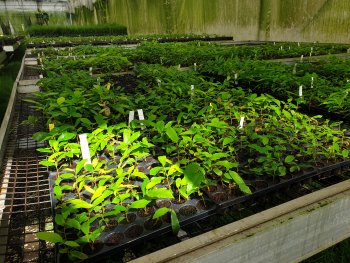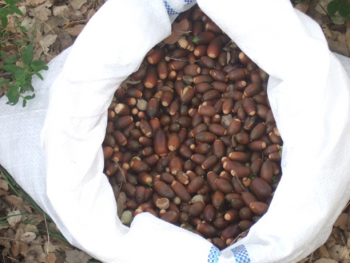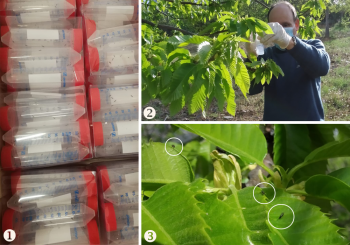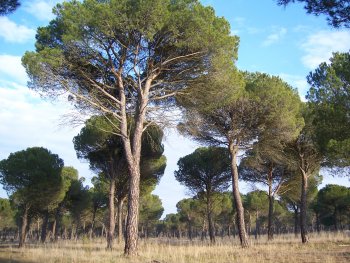Mass multiplication of ink-resistant chestnut clones by photoautotrophic micropropagation
Chestnut ink disease, caused by root pathogens (Phytophthora sp. ), induces dieback and mortality in sweet chestnut, C. sativa. Classical biological control can be efficient using ink resistance rootstocks that block the entrance of the fungus.
In this context, selected ink-resistant chestnut clones need to be propagated massively. Here, a method is presented for multplication and rooting clones under photoautotrophic conditions.









































